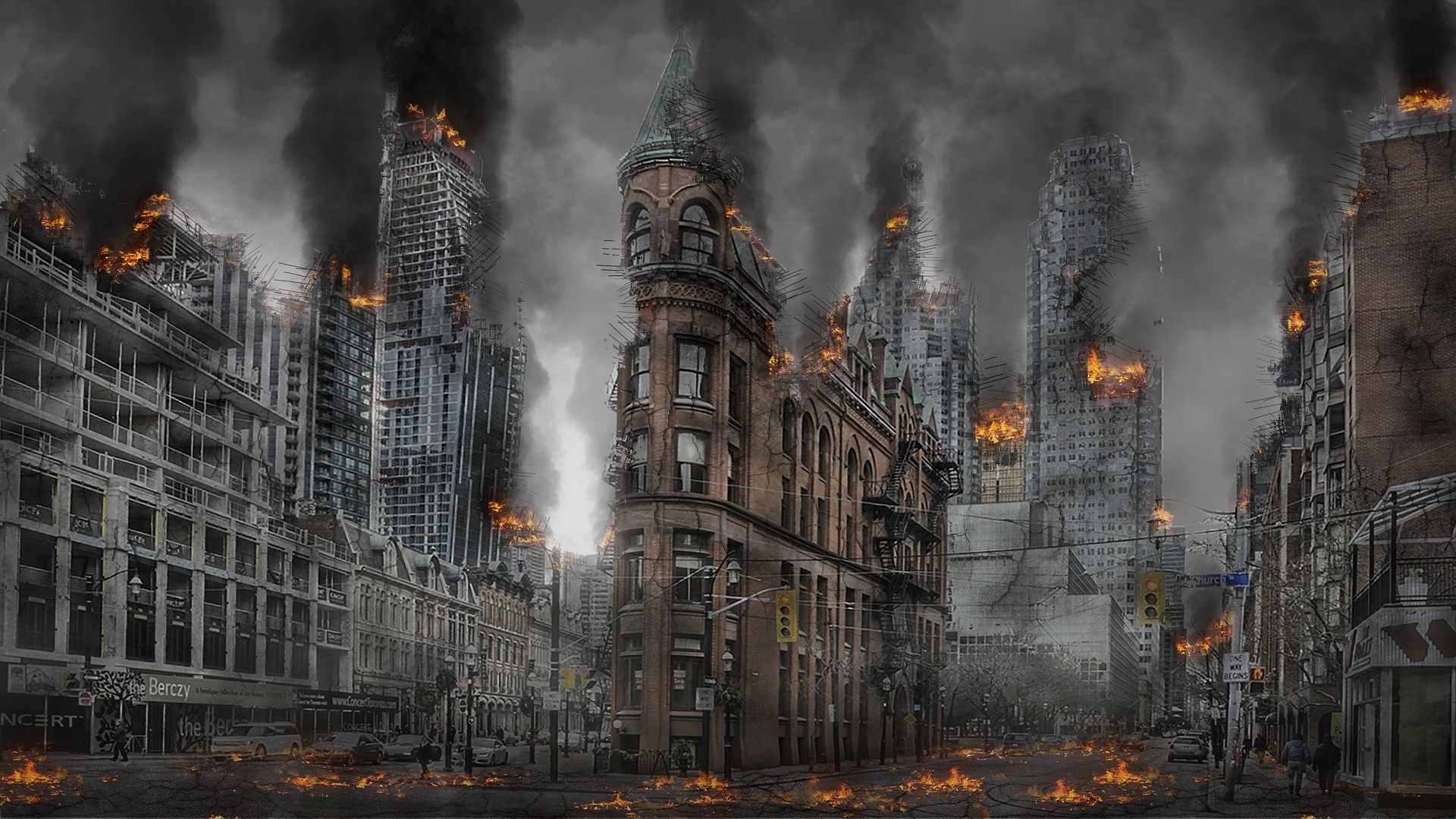Fire safety is a critical aspect of construction site management in the United Kingdom. To ensure that all workers are well-versed in fire prevention and control measures, the Construction Skills Certification Scheme (CSCS) includes a comprehensive exam on this topic. This article aims to provide revision material for those preparing for the UK CSCS Fire Prevention and Control Category 11 exam.
FREE CSCS MOCK EXAM!
Covering all CSCS core categories & specialist subjects.
Understanding Fire Hazards on Construction Sites
Construction sites are particularly vulnerable to fire hazards due to the presence of various ignition sources and combustible materials. Two prevalent hazards are inadequate site cleanliness and the unregulated use of heat-producing equipment. Poor housekeeping, such as the accumulation of debris and waste, provides ample fuel for potential fires. It’s crucial to maintain a tidy work environment to minimise this risk.
Additionally, uncontrolled hot works like welding or cutting pose significant fire risks. These activities generate high temperatures that can easily ignite nearby flammable materials. Therefore, it’s essential to have proper controls in place, such as obtaining a hot-work permit, which we’ll discuss later.
The Fire Triangle: Heat, Oxygen, and Fuel
To understand fire prevention, one must grasp the concept of the fire triangle. A fire requires three elements to start and continue burning: heat, oxygen, and fuel. While heat is often the instigator, the presence of oxygen in the air and combustible materials (fuel) completes the triangle. By removing any one of these elements, a fire can be prevented or extinguished.
Safe Working Practices in Fire Escape Routes
Construction often involves working in various parts of a building, including corridors that may be designated as fire escape routes. When working in such areas, it’s crucial to verify that tools and equipment do not obstruct the pathway. Clear escape routes are vital for quick and safe evacuation in case of a fire emergency.
Actions During a Fire Emergency
If you discover a fire, your initial action should be to alert others by raising the alarm. This prompt notification ensures that everyone on site can evacuate safely. After raising the alarm, if you lack fire extinguisher training or face a significant fire, the recommended course of action is to proceed directly to the assembly point. Your safety is paramount, and attempting to fight a large fire without proper training can be dangerous.
Site Induction and Emergency Protocols
During the site induction, several emergency protocols should be covered. These include demonstrating how to sound the alarm, identifying the designated assembly point, and outlining the steps to take if someone sustains an injury on-site. Familiarising yourself with these protocols prepares you to respond effectively in emergencies.
Role of Fire Wardens
In the event of a fire, it’s crucial to adhere to the guidance provided by the assigned fire warden. Fire wardens are trained to handle such situations effectively, ensuring orderly evacuation and minimising risk. Disregarding their instructions or following untrained peers can lead to dangerous situations.
Safety Measures for Lone Workers
For those working independently on-site, additional safety measures may be required. One common guideline is to maintain regular communication via radio or mobile phone. This practice helps monitor lone workers’ safety and provides a channel for quick assistance if needed.
Hot-Work Permits and Responsibilities
When your job requires a hot-work permit, such as for welding or cutting, you’ll have additional responsibilities. Two key tasks are monitoring for fire indications when work is halted and maintaining proximity to a fire extinguisher during work. Even after completing hot work, remain vigilant for any signs of smouldering or hidden fires.
Understanding Work Permits
To determine if you need a work permit, such as a hot-work permit, the information will be provided during the site induction before you commence any tasks. It’s not something you’ll receive from colleagues or directly from the Health and Safety Executive (HSE).
Identifying Gas Leaks
Working with Liquefied Petroleum Gas (LPG) cylinders requires vigilance. If you notice frost around the valve on an LPG cylinder, it indicates a gas leak. This frost forms due to the rapid expansion of escaping gas, which cools the surrounding area.
Choosing the Right Fire Extinguisher
Understanding different types of fire extinguishers is crucial. For electrical fires, avoid using foam (cream colour band) or water (red colour band) extinguishers, as they can conduct electricity and pose a shock risk. Instead, use dry powder (blue colour band) or carbon dioxide (black colour band) extinguishers for electrical fires.
The primary objective of fire extinguishers is to suppress small fires promptly, preventing them from escalating into larger, more dangerous blazes. However, only attempt to use an extinguisher if you’re trained and the fire is small.
Handling Flammable Liquids
When working with flammable liquids like petrol or diesel, take only enough from the store for your immediate task. This practice minimises the risk of accidental spills or ignition. If a spill occurs, such as a driver spilling diesel while refuelling an excavator, your initial action should be to inform the driver immediately and find the spill kit. Prompt action helps prevent environmental contamination and fire hazards.
In case of personal exposure, like spilling petrol on your clothing, change your clothes without delay. This reduces the risk of skin irritation and removes a potential ignition source.
Procedure for Large Spills
If a large quantity of petrol is spilled while refuelling equipment, follow the “Stop – Contain – Notify” procedure. First, stop the refuelling activity to prevent further spillage. Then, contain the spill using appropriate materials from the spill kit. Finally, notify relevant personnel for further action and cleanup.
By thoroughly understanding these topics, you’ll be well-prepared for the UK CSCS Fire Prevention and Control exam. Remember, fire safety is not just about passing an exam; it’s about creating a safer working environment for everyone on the construction site. Stay vigilant, follow procedures, and prioritise safety in all your actions.

